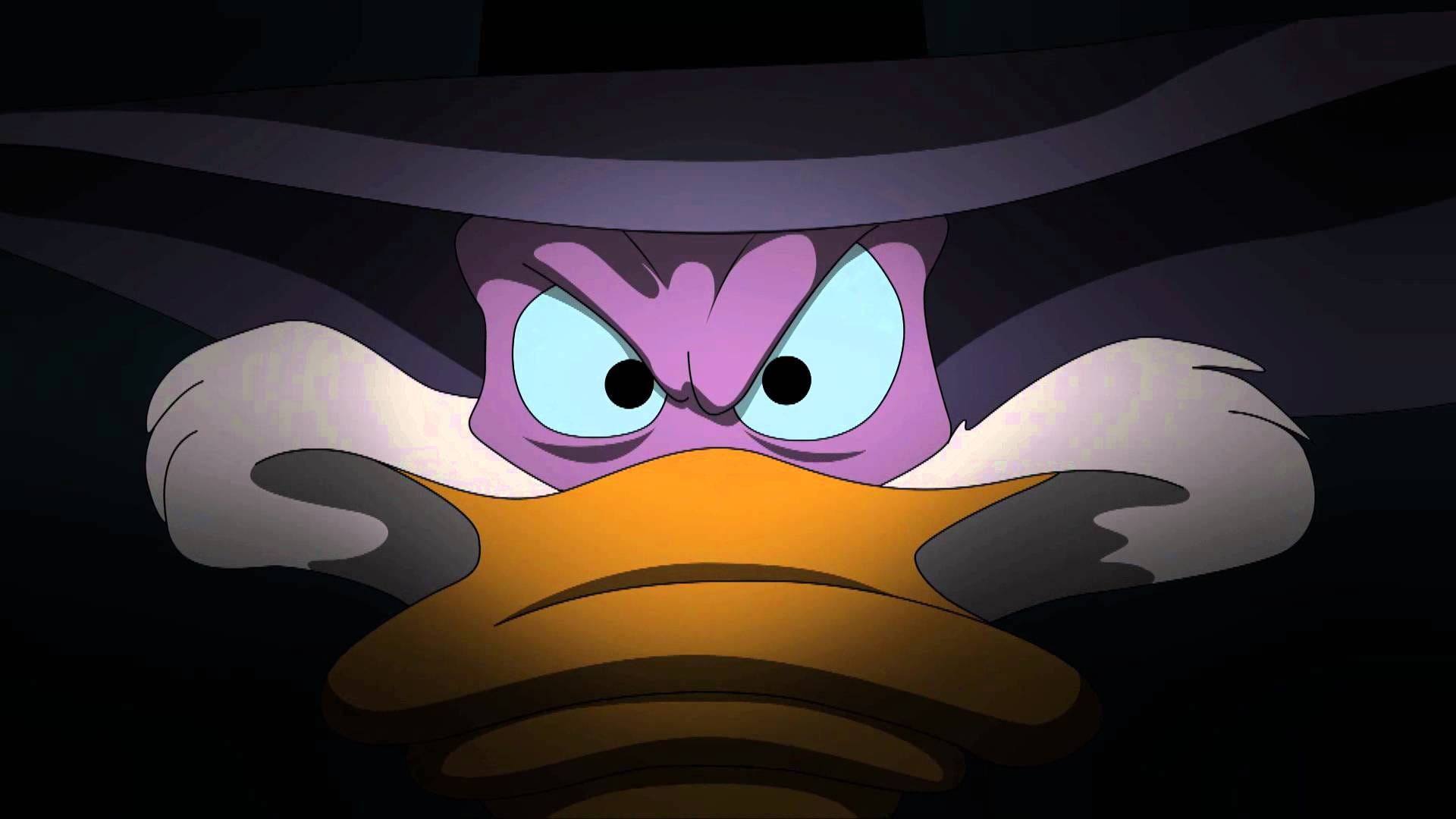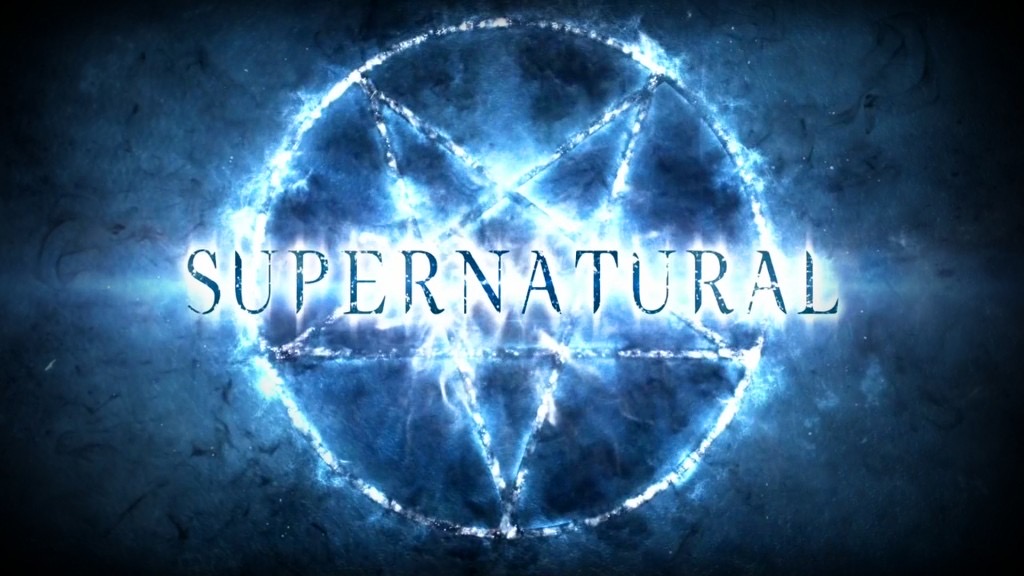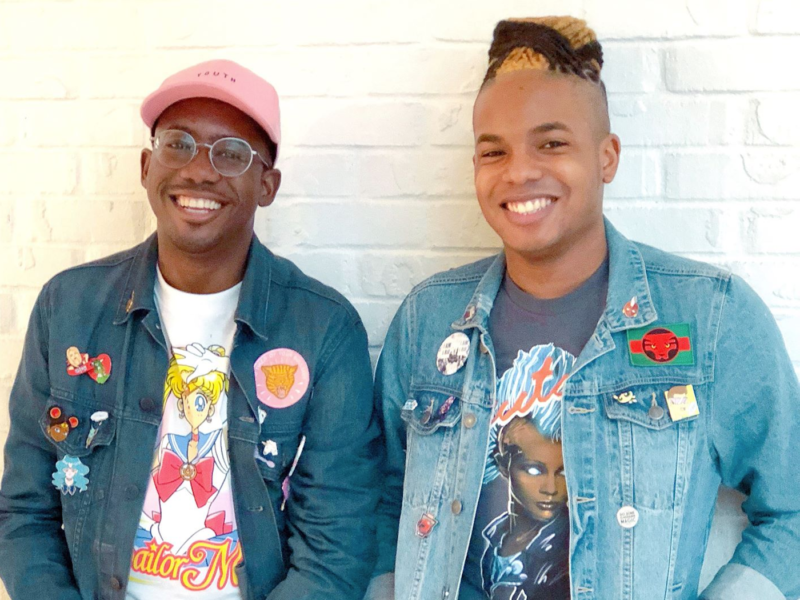
by Rebelle Summers | Apr 19, 2024 | Blog
Our current cultural landscape loves a reboot. One 90’s nostalgia fan favorite that’s been in and out of the headlines for the past few years is Darkwing Duck. The “terror that flaps in the night” has been perpetually making a comeback, whether it’s been talks since...

by Alexa Goodrich-Houska (she/they) | May 12, 2023 | Blog
Boldly Representing Rainbow Geeks since Star Date 22766.5 (If you don’t know, now you know) Disclaimer: This may be the most underrated Star Trek series ever. It was the first to be serial rather than episodic, and it is highly nuanced and political. There were a...

by Rebelle Summers | Mar 10, 2023 | Blog
This past Fall I was hot off of working at NYCC and in the mood to indulge in the impending spooky season by deciding it was time to revisit Supernatural. I had watched the series initially as it was airing, but at some point along the way I fell off – something...

by Joe Corallo | Jul 9, 2018 | Blog
https://soundcloud.com/mutant_magicalboy_podcast/mutant_magicalboy_episode_9 Welcome to episode 9 of Mutant & Magical Boy: The AfroQueer Guide to Pop Culture! There’s no shortage of thunder cats in this episode as we gag on all things Voltron. Featuring...

by Joe Corallo | Jun 25, 2018 | Blog
https://soundcloud.com/mutant_magicalboy_podcast/mutant_magicalboy_episode_8 It’s tea time, ladies! In what might be our gayest episode yet (don’t @ us), we’re gagging on FX’s new queer spectacular, Pose. Is it 10s, 10s across the board? Well,...






